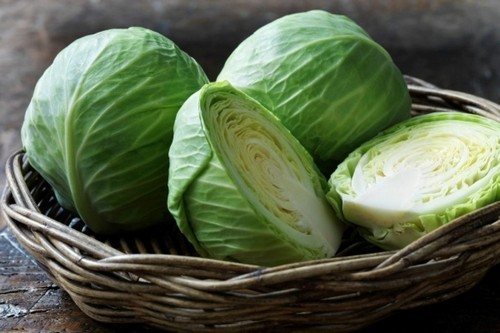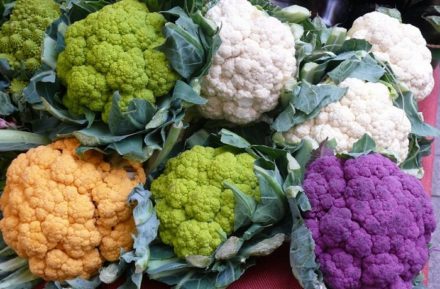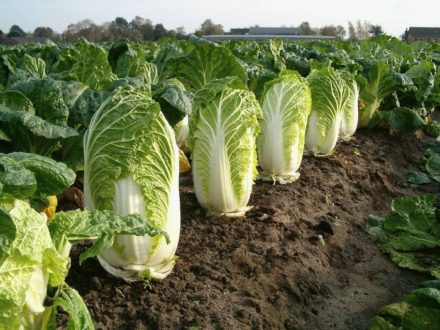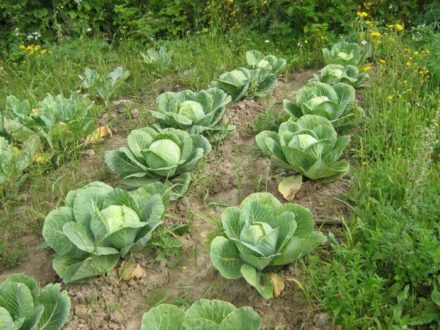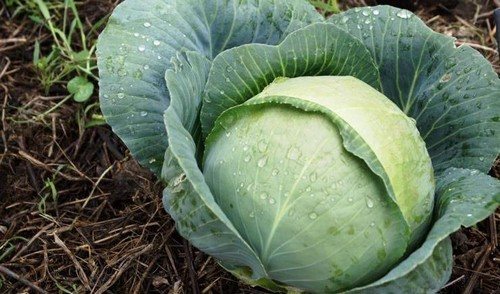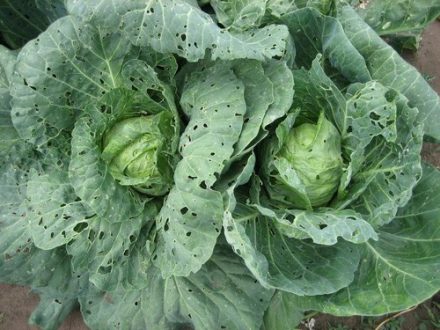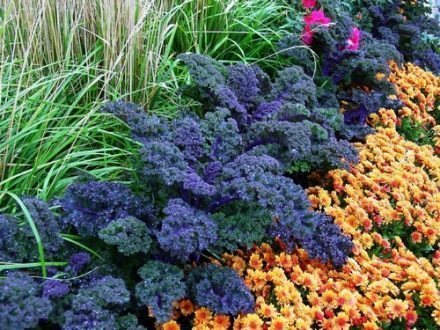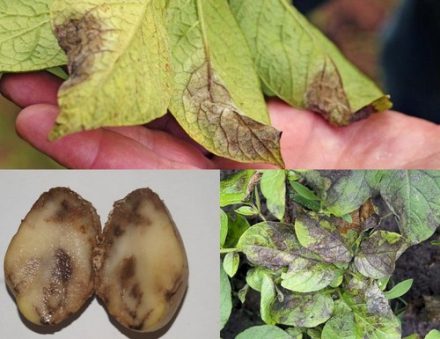White cabbage and cauliflower constantly compete for the love of gardeners. And while the colored team is losing with a score of 10:9, we learn why from the comments of the hardworking summer residents. Cauliflower is called because of the variety of bright heads of cabbage - orange, purple, violet, but in Russia preference is given to white annual plants.

Cauliflower has several quirks:
- Long ripening period - up to 90 days.
- Increased demands on environmental conditions.
- Seedlings require warm weather and mature plants require moderate temperatures to grow.
- The heads are afraid of the sun, and due to the heat, full-fledged fruits do not form.
Simply put, it is difficult to find a vegetable that is as difficult to grow. Without experience and knowledge of the nature of garden crops, it is difficult to grow large, juicy heads of cabbage. And so that your efforts do not go to waste, it is important to avoid common mistakes.
Good and evil predecessors
It turns out that cauliflower cannot be grown in those beds where cruciferous vegetables grew - horseradish, radishes, turnips, broccoli, kohlrabi and other close relatives.
Ideal predecessors are carrots, cucumbers, and, to a lesser extent, onions and tomatoes.

Poor quality seedlings
Failure to harvest a good harvest begins at the seedling stage. Do not plant seeds in cramped pots - less than 10 by 10 cm.A weak root system will not have enough strength to form a strong plant with large fruits.
Insufficient watering during the ovary of heads of cabbage, unloved fertilizing, as well as planting in the shade will be the reasons for the lack of long-awaited shoots.
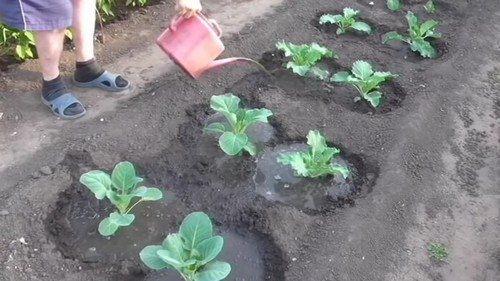
Uncomfortable temperature
Early planting in the ground without shelter destroys cabbage on the vine. The heads will not set at a temperature of +15 degrees and in hot weather above +25. The ideal temperature for the formation of a fruitful plant is 18–20 degrees.
Small underdeveloped heads indicate a lack of moisture or poor soil. Cabbage lacks nutrients; the most “tasty” elements for cabbage are boron and molybdenum.
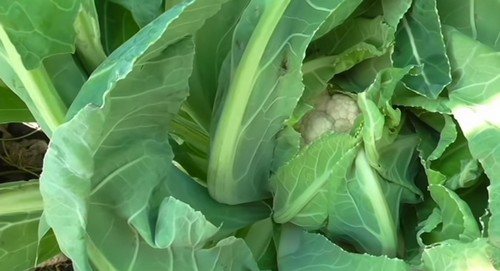
The destructive sun
Cauliflower loves warmth and at the same time is afraid of direct sunlight. At the stage of formation of large leaves and fruits, heads of cabbage need to be protected from the hot sun.
Usually the plant covers itself. But if the leaves are not long enough, they must be tied or broken to protect the growing heads.
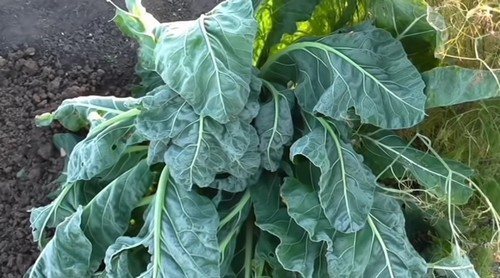
Cauliflower has the right to be capricious: its tasty fruits, when skillfully prepared, can successfully replace meat dishes. Gardeners should try and pay more attention to the colorful beauty. When growing, it is important to monitor temperature fluctuations, timely watering and the balance of microelements in fertile soil.


